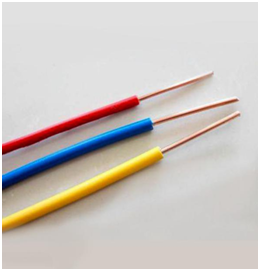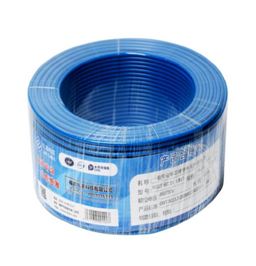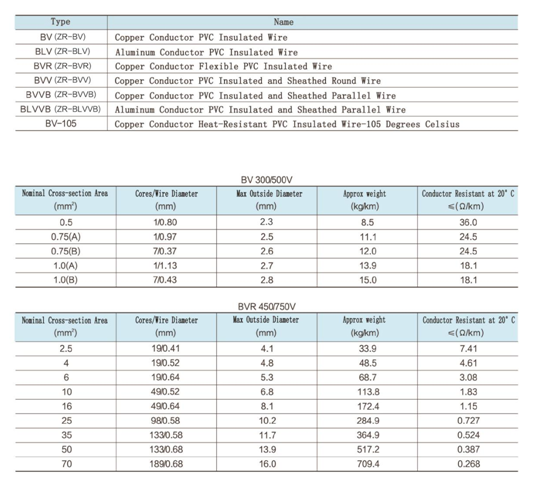At the recent 2014 GMIC, the “next 5 billion†was warmly debated by the parties as the theme of the conference. So far, the total number of mobile Internet users in the world has exceeded 1 billion, which means that the mobile Internet has changed and is changing the way of life of 1 billion people. At the same time, another 5 billion people have not been "moved". And where is the opportunity for this "next 5 billion"?
Liu Jiangfeng, president of Huawei's glory business unit, believes that the "next 5 billion" more opportunities are in the Internet of Things and wearable devices. However, at present, it can meet the requirements of small, mobile, powerful, low-power, etc. of IoT wearable products. The core technologies such as chips and sensors have yet to be broken, which has also triggered a new round of hot battles for chip manufacturers.
Broadcom CEO Scott McGregor has predicted that there are currently 5.6 billion handheld devices. It is expected that by 2020, all handheld devices and wearable devices will add up to 300 billion devices, including watches and health monitoring devices. There are 5-10 different wearable devices available in the network.
With the introduction of smart watches, smart bracelets, smart glasses, smart bracelets, smart sports shoes and other products, more and more wearable electronic devices have entered human life. However, wearable devices are limited by size and weight. The required chip specifications are different from those of general mobile devices. Intel, Qualcomm, Broadcom, Marvell and other international manufacturers have released chip products and Internet of Things for wearable devices. solution.
Among them, the head of Intel's IoT department said in an interview: "Intel has been in the embedded processor market for more than 30 years, and the company will focus more on investment projects for the Internet of Things space, such as launching specifications. Higher, lower-power processor chips for the IoT market. It is reported that this year, Intel will introduce Edison, a new chip designed for wearable devices.
Edison is a new computing chip based on the Quark chip technology released last September, with only one ordinary SD card size. Based on 22nm technology, built-in WiFi and Bluetooth connectivity, and flexible and expandable I/O capabilities, it supports Linux and open source software for ultra-small and low-power IoT devices, smart consumer products, and Wearable device.
In addition to Intel, Broadcom recently launched the world's first global navigation satellite system (GNSS) tailored for low-power wearable devices. The sensor assembly based on 40nm process integration integrates GPS modules, reducing external antennas. demand.
In the chip field, Qualcomm has been developing its own wearable device components and even launched its own Toq smart watch. At the same time, Qualcomm also supports Google's recently released Android Wear smart watch platform. Recently, the company also invested in Ineda Systems, a startup that designs chips for wearable devices.
It is not difficult to see that in order to grab the wearable business opportunities, the above-mentioned chip vendors have released a new generation of low-power or high-integration wearable device solutions, and want to re-novate the mobile device chip specifications, triggering a new round of hot war.
PVC insulated wires are coated with pvc to prevent from electric
shock. Its light weight reduces manual handling difficulties. This wire
consists of copper/aluminum conductor, insulated with moisture and heat
resistant, chemically cross-linked polyethylene insulation. PVC does not
conduct electricity and is therefore an excellent material to use for
electrical applications such as insulation sheathing for cables. With fine
design and high quality, the wire boasts of large electricity transmission
capacity. The maximum continuous operating temperature for general type is
75℃. But the special type BV-105 can work well at the temperature of 105℃.
Standard:
GB/T5023-2008, JB/T 8734-2016

Rated Voltage:
450/750V

Application:
cables are extensively used for domestic
home appliances wiring, house wiring and internal wiring for lighting circuits
in factories, power supply for office automation, in control, instrumentation,
submarine, mining, ship wiring applications etc. due to its high tensile
strength, superior conductivity, better flexibility and ease of jointing.


Advantages:
-
A non-hygroscopic insulation almost
unaffected by moisture.
-
Non-migration of compound permitting
vertical installation.
-
A tough and resilient sheath with excellent
fire retarding quality.
-
High current and short circuit current
rating.
-
Not affected by vibration.
-
Reduce internal stress and low dielectric
loss
-
Complete protection against
most forms of electrolytic and chemical corrosion.
-
Good ageing characteristics
-
Easy installation
Welcome to visit our factory to learn more about us. If
you have any questions, please feel free to contact us.
PVC Insulated Wire
PVC Insulated Wire,Heat Resistant PVC Insulated Wires,PVC Insulator Sheath Electrical Wires,Flexible PVC Electrical Wires
Smartell Technology Co.,Ltd , http://www.liencable.com